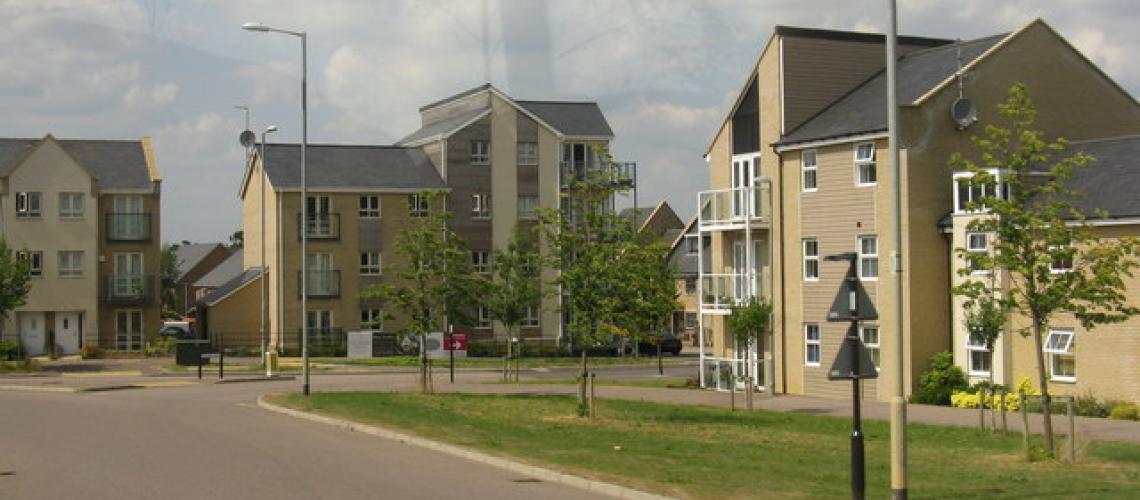Revisions allow you to track differences between multiple versions of your content, and revert back to older versions.
Housing Completions across Cambridgeshire 2002-2017

There was a net increase of 3,050 dwellings across Cambridgeshire in 2016/17, the second largest increase since 2007/08.
Data is gathered and cleaned by CCC Business Intelligence (Research) team and uploaded to the Open Data Portal. There is data relating to the number of dwellings completed by district, parish, settlement, bedrooms, previously developed land, affordability and density.
The first graph shows the net increase in the number of dwellings across Cambridgeshire in each financial year from 2002/03 to 2016/17. It indicates that an increasing number of dwellings were being built between 2002 and 2008, before the number of new dwellings slowed after the financial crisis. However, the number of completions has increased over the last few years, but remain below the levels seen pre-2008.
To explore and download the housing completion data used in the following graphs click here.
The graph below highlights the difference between the number of net dwellings being built between the districts in the financial year 2016/17. 38.6% of Cambridgeshire net dwellings were built in Cambridge City, with only 7.7% of net dwellings completed in East Cambridgeshire.
The chart below shows the breakdown of the proportion of the 3,313 gross new dwellings completed in Cambridgeshire in 2016/17 by the number of bedrooms. The largest number of new dwellings completed in 2016/17 were 2-bed dwellings (36%).
The graph below shows which districts have seen the largest increase in net dwellings in the financial years between 2002/03 to 2016/17. In the first few years of the data, South Cambridgeshire and Fenland saw the largest net increases in dwellings. However, since 2007/08 Cambridge City and Huntingdonshire have had the largest net increase in dwellings. Note that the graph is interactive, meaning you can select which years of data are shown.
The graph below highlights the differences between the districts in terms of the number of gross new dwellings being built that are 'affordable' dwellings. An 'affordable' dwelling is either social rented, affordable rented or intermediate housing, that is provided to eligible households whose needs are not met by the market. 23% of all dwellings built in 2016/17 in Cambridgeshire were 'affordable'. The district with the largest proportion of 'affordable' new dwellings was Cambridge City (38%).
If you have any questions regarding the above data story or the contained data please contact research&monitoring@cambridgeshire.gov.uk.
If you tweet about this story or the associated data, please tag @CambsInsight as we'd love to see how the data is used.
